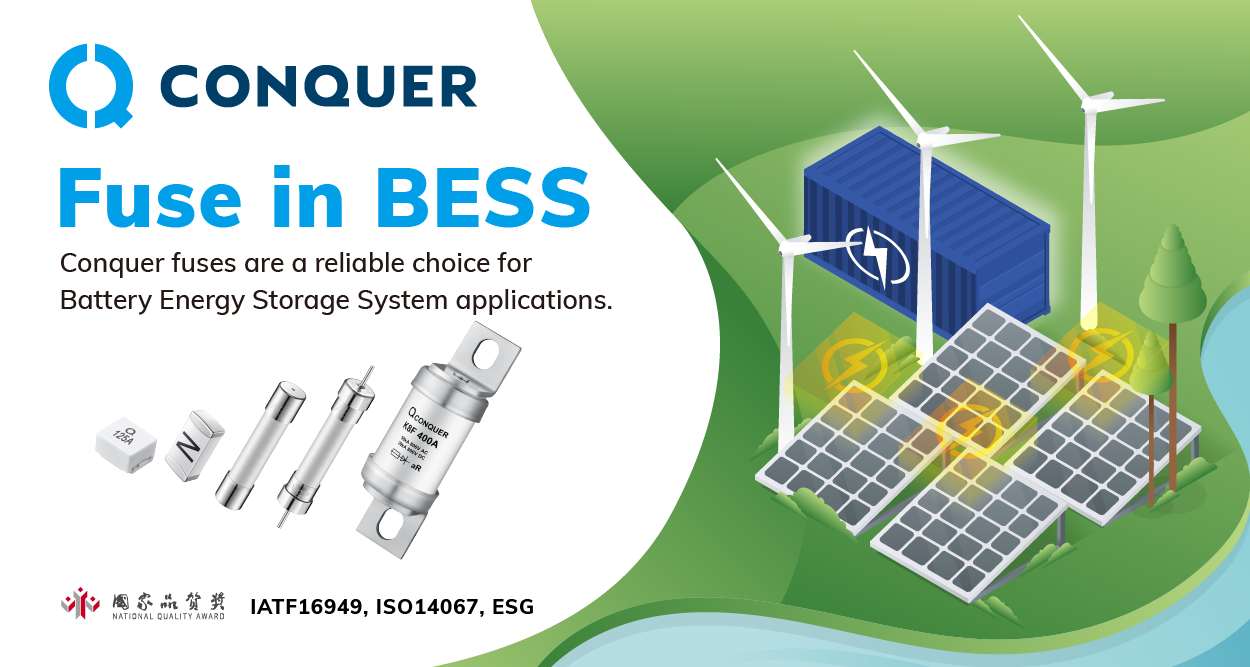The spectrum monitoring solution from Rohde & Schwarz convinced the Taiwanese National Communications Commission (NCC). The Rohde & Schwarz system scored with an integrated hybrid geolocation method that combines angle of arrival (AoA) and time difference of arrival (TDOA) measurements. This allows the NCC regulatory authority to locate sources of interference in the radio spectrum quickly and efficiently, even in dense urban environments. For this and other reasons, the Rohde & Schwarz technology group clearly prevailed against competitors for the first time in Taiwan.
The order awarded by Taiwan’s NCC includes equipping three control centers, among them NCC headquarters in Taipei. The NCC additionally ordered 44 fixed, nine mobile and eight transportable monitoring systems. The order further includes local infrastructure work, system integration and installation at the individual stations, site and factory acceptance testing (SAT/FAT), as well as operator training. The Rohde & Schwarz solution employs the R&S ESMD wideband monitoring receiver and the R&S DDF255 digital direction finder, which combines high-precision direction finding (AoA), measurement capabilities and TDOA functionality in a single instrument. In addition, an R&S EM100 monitoring receiver is installed at each station, providing a separate channel that enables TDOA-based interferer location at any time. The monitoring systems are controlled by the R&S ARGUS spectrum monitoring software, which supports measurements and displays and analyzes results.
The new spectrum monitoring solution enables the Taiwanese NCC to automatically check transmitter parameters for compliance with permissible values. The system also allows detecting and locating unlicensed transmitters, plus it analyzes and locates radio frequency interference. As a special benefit, the Rohde & Schwarz system offers hybrid geolocation, combining advanced time difference of arrival (TDOA) radiolocation with proven angle of arrival (AoA) direction finding. This provides flexible location of licensed and unlicensed emitters, while enhancing radiolocation reliability and precision.
The Rohde & Schwarz spectrum monitoring systems are leading on the market and comply with all relevant requirements and recommendations of the International Telecommunication Union (ITU) – the United Nations’ agency responsible for regulating the use of the frequency spectrum. Regulatory authorities around the world use spectrum monitoring systems to prevent, or track down and eliminate, interferences that disturb radiocommunications services such as sound and TV broadcasting and wireless communications.















